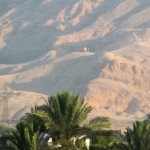
Pleasant living in Amarna
Many houses have been excavated in Amarna over the last century. More than five hundred houses were the subject of studies, one of which was how climate was controlled inside buildings. In this article I will describe some of this research. In present-day Egypt the temperature in summer can easily reach 40 degrees Celsius. At night the thermometer gives much lower values. This big difference in diurnal temperatures is one of the characteristics of the desert climate. Other important aspects are the humidity of the air and the low rainfall. These principles are also applicable to the time of the Pharaohs, as modern scientific research has demonstrated. [more…]
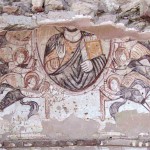
Coptic Heritage in Egypt – Qubbat el-Hawa
There are many important and disappearing sites of the Early Coptic period in Egypt that should at least be considered as world heritage sites. These include Wadi el Natrun in the desert edges of the eastern Delta, the site of an important early Christian monastic tradition, with four functioning monasteries surviving today (and recently put forward to UNESCO for consideration); Kellia, an important monastic site north east of wadi el-Natrun, which demonstrated the ‘bridge’ between the ascetic (lone) monks and the cenobitic (communal). Just as important is the vast Christian cemetery of el Bagawat near the Kharga oasis, with its painted private tomb-chapels, considered to be the oldest and largest Christian cemetery in the world. A few hour’s drive from Luxor it is now an increasingly busy tourist attraction and should certainly be considered for a place on the UNESCO list. [more…]
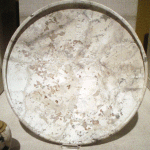
The Pyramids of Zawiyet el-Aryan
By Kate Phizackerley. Published in Egyptological Magazine, Articles on August 14th 2012 The Pyramids of Zawiyet el-Aryan Together with the mask of King Tutankhamun, the Sphinx and pyramids are probably the most readily recognised of ancient images, with countless images published of the Giza pyramids. Rock cut tombs were designed to be covert, but pyramids […] [more…]
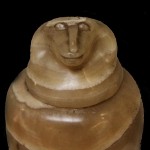
The Egyptian items at the Lady Lever Art Gallery, Merseyside
To call William Hesketh Lever an entrepreneur or a visionary would be to pin him down, to imply a limit to the scope and depth both of his personality and his achievements. Lever was both these things, but he was so much else besides. He was a philanthropist, an innovator, a skilful salesman, a marketing genius, politician, eccentric, fanatic, occasionally a tyrant, even on occasion an inventor, a supporter of the rights of women, factory workers and the elderly, an enthusiastic ballroom dancer and always a family man. He made some grim mistakes, particularly with respect to his Pacific and African ventures, but his astonishing contributions to social progress in England are spectacularly praiseworthy, and he was knighted for them. Amongst his various extra-curricular obsessions, which included architecture, ferns and gymnastics, the 1st Viscount Leverhulme was a dedicated collector. [more…]
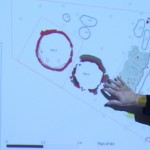
Overview: The Gurob Harem Palace Project Conference
The Gurob Harem Palace Project (http://www.gurob.org.uk), directed by Dr Ian Shaw from the University of Liverpool is collaborative, led by the University of Liverpool, University of Copenhagen and University College London. The conference took place on July 29th 2012 in Liverpool. Originally named Mer-Wer, today’s name derives from the nearby Medinet el-Gurab. It was investigated by a number of previous excavators including Flinders Petrie, William Loat and Guy Brunton before coming, for many years, under military control. The Gurob Harem Palace Project started work at the site in 2005, and their work is ongoing. [more…]
Book Review: Life Everlasting
Life Everlasting: National Museums Scotland Collection of Ancient Egyptian Coffins Bill Manley and Aidan Dodson 2010 National Museums Scotland ISBN 978-1-905267-17-0 176 pages Introduction Having recently read an excellent paper by Julie Ann Morgan about the way in which Third Intermediate Period mummies can be analysed and understood, I was in just the […] [more…]

Book Review: Grand Hotels of Egypt in the Golden Age of Travel
Grand Hotels of Egypt is essentially a book about the influx of western visitors into Egypt after Napoleon had departed and Anglo-American style infrastructure had arrived in the nineteenth and early twentieth centuries. Using contemporary accounts and photographs, cartoons and some remarkable marketing material in full colour, Andrew Humphreys explores the role of the grand hotels of the day in the constant swirl of people as they experienced Egypt’s towns and cities. [more…]
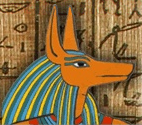
Maths made fun! Pharaoh’s Formulae: a fun approach to Egyptian Mathematics.
Published by Wendy Goodridge (Assistant Curator, the Egypt Centre) on Egyptological, In Brief, on 3rd August 2012. The Egypt Centre, at Swansea University, was faced with the threat of loosing school party visits when ancient Egyptian history was taken from the National Curriculum in Wales. The education programme was re-vamped, with advice from local […] [more…]
 By
By 